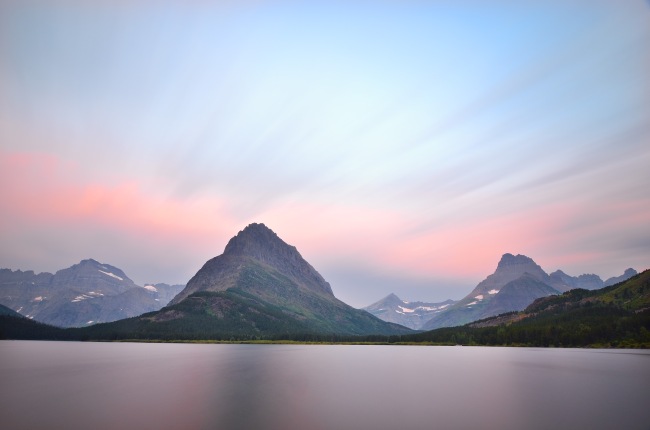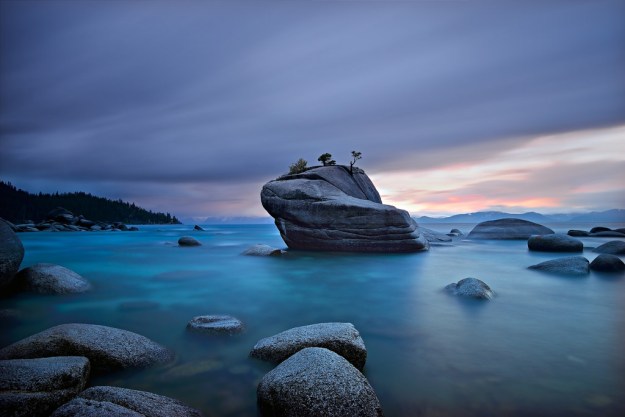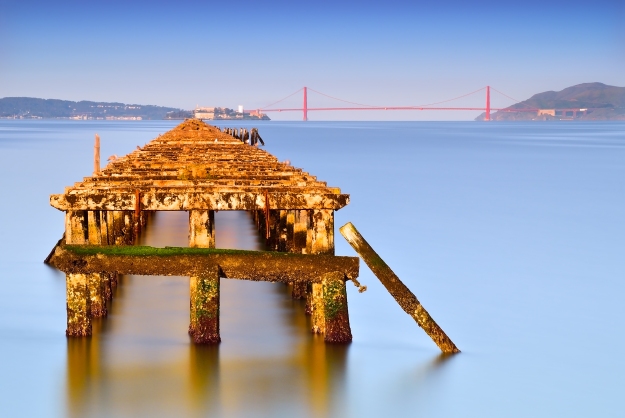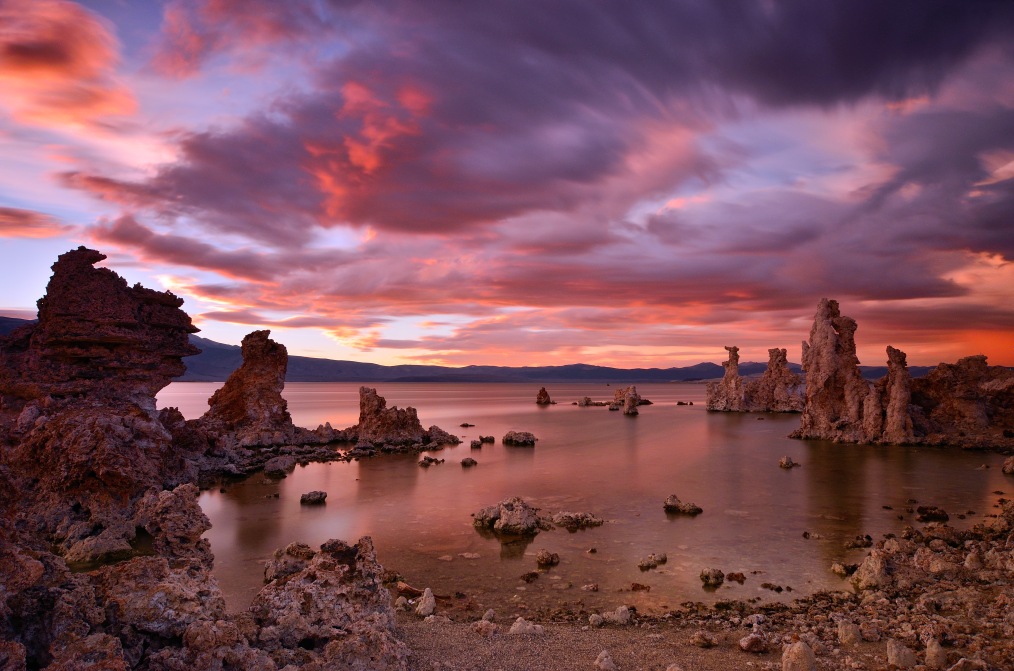One of my favorite ways to share my work and express my passion, is through Long Exposure photography. With this medium, it is possible to enhance color and fading light in a scene, where to the human eye; both color and light would normally appear to have all but disappeared.
I especially like to use this effect for color photography; however this technique can produce fantastic looking effects to Black and White images. In either format, images can take on a surreal look, especially when the motion of moving water is transformed in to a sheet of silk, or clouds are turned in to streaks of light.
The ingredients (or elements) needed to produce these effects, can vary according to each scene. However, below is a list of ingredients I used to capture the image featured in this blog.
1. Tripod Really? Dare I mention the obvious? An exposure of 300 seconds was used to take the image accompanying this post, so a steady hand just would not do it.
2. Cable Release Keeping your hands off your camera during a long exposure is critical, to avoid camera shake that would result in image blur.
3. Pro or Advanced Level Camera A camera with the ability to be set to record exposures upwards of 30 seconds.
4. Neutral Density Filter When attached to the front of your lens, or placed into a filter holder, this filter will allow increased exposure times. The strength of this filter is measured in stops. The highest stop value will allow the longest exposure times. There are several companies that make ND filters. The brand I use are circular glass screw on filters, and are made by B+W. I own two 10-Stop filters; to accommodate both 67mm and 77mm lens thread sizes. This filter is often used in combination with a Neutral Density Graduated Filter. A 10-stop ND filter is also great for long exposure photography, during the daytime.
5. Colorful Sky Even well after sunset, color can be recorded and enhanced with a long exposure.
6. Clouds If you want to create a streaking clouds effect. A sky with both cloudy and clear patches is ideal to obtain an effective surreal look.
7. Water Water in motion such as ocean waves, usually yields the greatest effect. The longer the exposure, the smoother the water. Thirty seconds may be enough; however an often used exposure to create the most surreal effect is around 240 seconds.
8. Wristwatch or Stopwatch To obtain an accurate desired exposure time. An alternative is to buy a cable release that can be electronically programmed to shoot chosen exposure times. These are called intervalometers, or timer remote releases.
9. Patience Like most things, obtaining the desired result can take patience. Having an understanding of how light works, and how light will effect the scene you are attempting to shoot is very important. Practice is often needed to perfect not only each ingredient of the shoot, but to also strike the right balance between them.
Choose the right scene, exposure, aperture and timing, and you just may find that you will develop quite an appetite for this form of photography.

Swiftcurrent Lake, Montana
The above image was taken 30 minutes after sunset. The exposure used was 300 seconds, at f/11.




